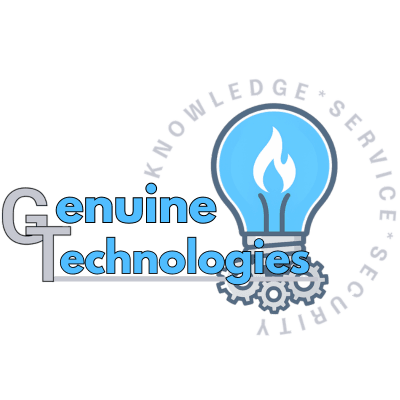How to Integrate AI into Your Marketing Strategy: A Step-by-Step Guide
Understanding the Role of AI in Marketing
Artificial Intelligence (AI) is revolutionizing the way businesses approach marketing. By leveraging AI, companies can enhance customer experiences, streamline operations, and achieve a competitive edge. But how exactly can you integrate AI into your marketing strategy? This guide will walk you through the steps to seamlessly incorporate AI into your approach.
AI in marketing primarily focuses on data analysis, personalization, and automation. By understanding customer behavior and preferences, AI tools can help marketers create more targeted campaigns. Moreover, these tools can automate repetitive tasks, freeing up time for strategic planning and creativity.

Step 1: Identify Your Marketing Goals
The first step in integrating AI into your marketing strategy is to clearly define your goals. Whether it's increasing brand awareness, boosting sales, or enhancing customer engagement, having defined objectives will guide your AI implementation process. Consider what aspects of your current strategy could benefit from AI intervention.
Once you've identified your goals, evaluate the existing processes that could be optimized with AI. This evaluation will help you pinpoint where AI can have the most significant impact. For instance, if you're aiming to improve customer service, AI-powered chatbots might be a solution worth exploring.
Step 2: Choose the Right AI Tools
With a clear understanding of your goals, the next step is to select appropriate AI tools that align with those objectives. There are various AI platforms available, each offering different features tailored to specific needs. Some popular choices include predictive analytics tools, content generation software, and customer service bots.
It's crucial to choose tools that not only meet your current needs but also scale with your business as it grows. Research different options, read user reviews, and consider conducting trials to determine which tools best fit your strategy.

Step 3: Integrate AI with Existing Systems
Integrating AI with your existing systems is a crucial step in ensuring a smooth transition. Start by assessing the compatibility of chosen AI tools with your current infrastructure. Collaborate with your IT team to address any technical challenges and ensure seamless integration.
This step may also involve training your team on how to use new AI tools effectively. Providing adequate training will help maximize the benefits of AI and foster a culture of innovation within your organization.
Step 4: Monitor and Optimize
Once AI is integrated into your marketing strategy, it's important to continuously monitor its performance. Use metrics and analytics to assess the effectiveness of AI-driven initiatives. Are you achieving your marketing goals? Is there room for improvement?
Based on your findings, make necessary adjustments to optimize performance. Regularly updating and fine-tuning your strategy will ensure that you're getting the most out of AI technologies.

Embrace Continuous Learning
The field of AI is constantly evolving, offering new possibilities and challenges. To stay ahead, commit to a culture of continuous learning within your marketing team. Encourage team members to stay informed about the latest trends and advancements in AI technology.
By fostering an environment that embraces innovation and learning, your organization can adapt to changes swiftly and continue to thrive in an increasingly competitive market.
